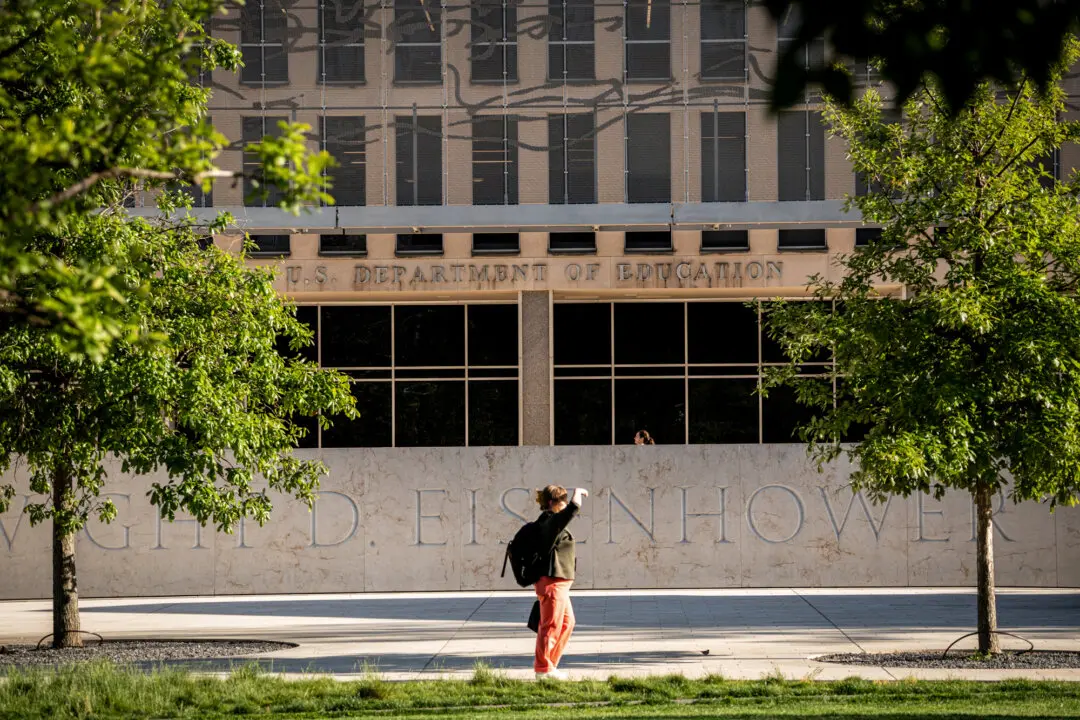The widespread implementation of a central bank digital currency (CBDC) would require a degree of government control that’s similar to what the Chinese communist regime has over its citizens, a former chief economist for the Senate Banking Committee says.
“If a government is going to introduce this new electronic currency system, there are only two ways that it would be widely used,” said Thomas Hogan, a senior fellow at pro-free market think tank American Institute for Economic Research in an interview on EpochTV’s “Crossroads.”






